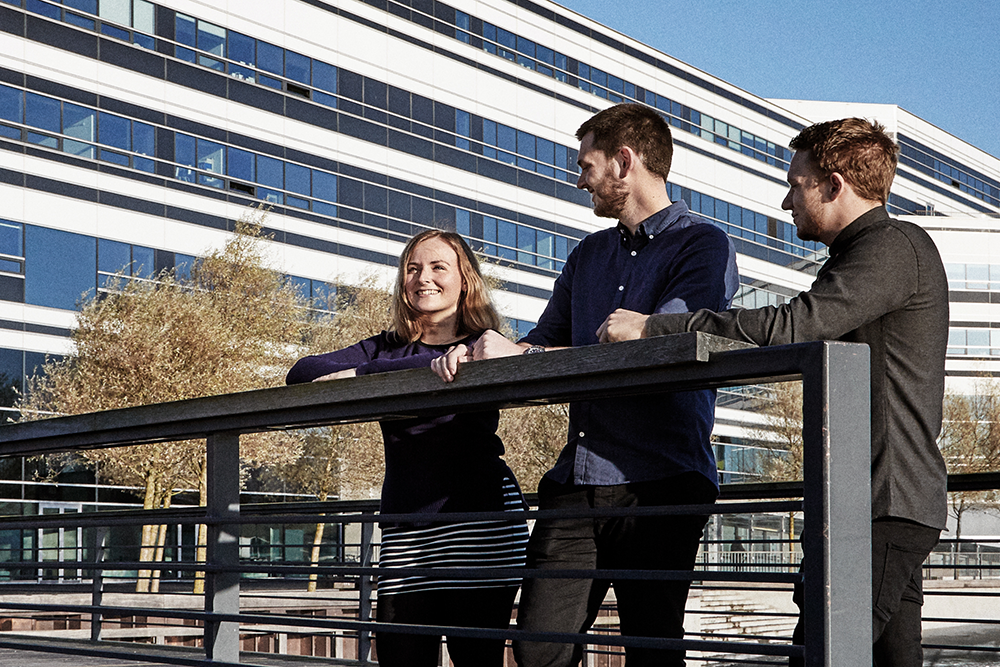"Aarhus is an incubator for young, innovative, talented engineers"
This year, AU Engineering has earned top rankings in the world's largest design competition for engineering students. Three teams have made it through the eye of the needle of an international assessment panel.

Three out of the four teams that have qualified for the finals of the international design competition for engineering students, the NI Student Design Contest, come from the Aarhus University School of Engineering.
This was confirmed last week when National Instruments published the results of the elimination round.
"We’ve never seen more than one team from the same university qualify. It's absolutely incredible. Aarhus is a true incubator for young, innovative, talented engineers," says Richard Roberts, senior academic engineer at National Instruments.
National Instruments is the main sponsor of the competition, which aims to promote competencies and interest in mechatronics among the world's young engineering talents.
Close-to-reality teaching – a winning recipe
The three Aarhus teams have been selected on the basis of their projects for the Bachelor of Engineering programme in mechanical engineering. They have out-performed several foreign universities, and the explanation for this is clear:
"We train our Bachelor’s students to work with a project-based and problem-based outset on real issues in close collaboration with companies or researchers. At the same time, teaching also has a high level of theory, and the compulsory internship semester helps professionalise their engineering work in their Bachelor’s projects," says Claus Melvad, who is the supervisor for all three groups of students and a senior professor of engineering at Aarhus University School of Engineering.
All three teams have qualified for the next phase of the competition in London, where they will compete for a best place among universities from Europe, Africa, India and the Middle East.
One team has made a flying drone that can make 3D mappings of interiors.
Read more about the 3D-mapping drone
The second team has developed a robot-boat that can search for victims of drowning.
Read more about the robot that can spot drowning victims
They decided to build the robot after a high-school student drowned in the port at Aarhus last year.
Video: The ambition to make the search for drowning victims much more effective has brought the group of Bachelor’s students into the final round of the global engineering competition.
The third team has gone all the way to the world finals, which will take place in May at National Instruments’ head office in Austin, Texas.
They have designed and made an underwater robot that can photograph icebergs under water.
Read the article: Underwater robot reveals surprising new knowledge about icebergs
Leaders in robot technology
During the past five years, Aarhus University School of Engineering has invested heavily in developing a strong knowledge environment around robotics, and according to Conni Simonsen, director at the School of Engineering, this is an important reason for the students' fine performance in the international competition.
"We’ve invested in cutting-edge equipment and in recruiting highly specialised teachers. And now we’re providing international top-class courses in robotics. At the same time, Bachelor’s students can get their hands on the technology and are trained to think innovatively about using it."
CONTACT
Claus Melvad, senior professor of engineering, Aarhus University
Conni Simonsen, director, Aarhus University School of Engineering
